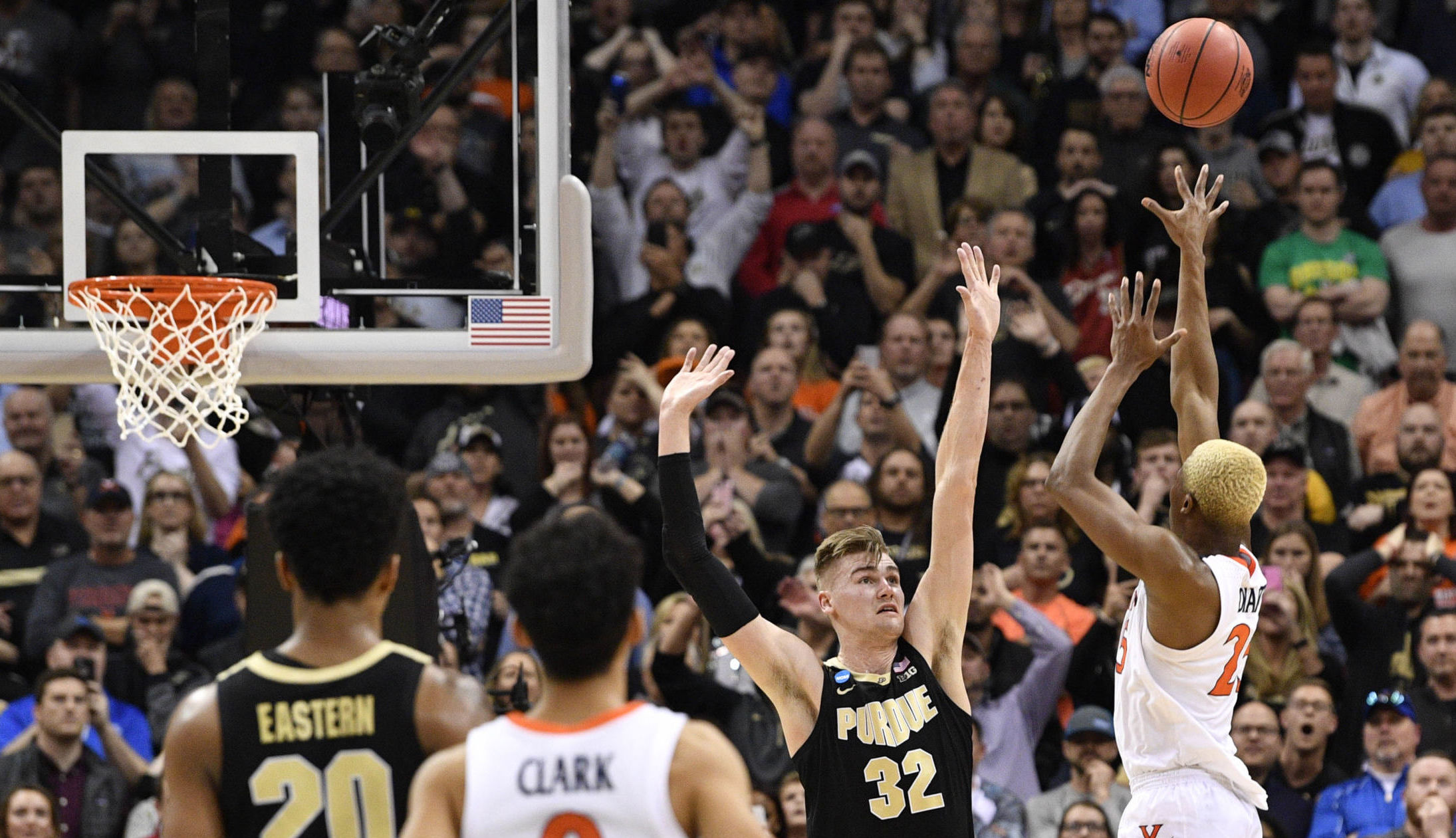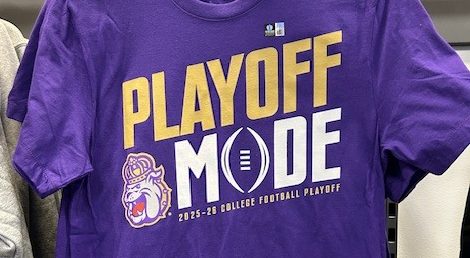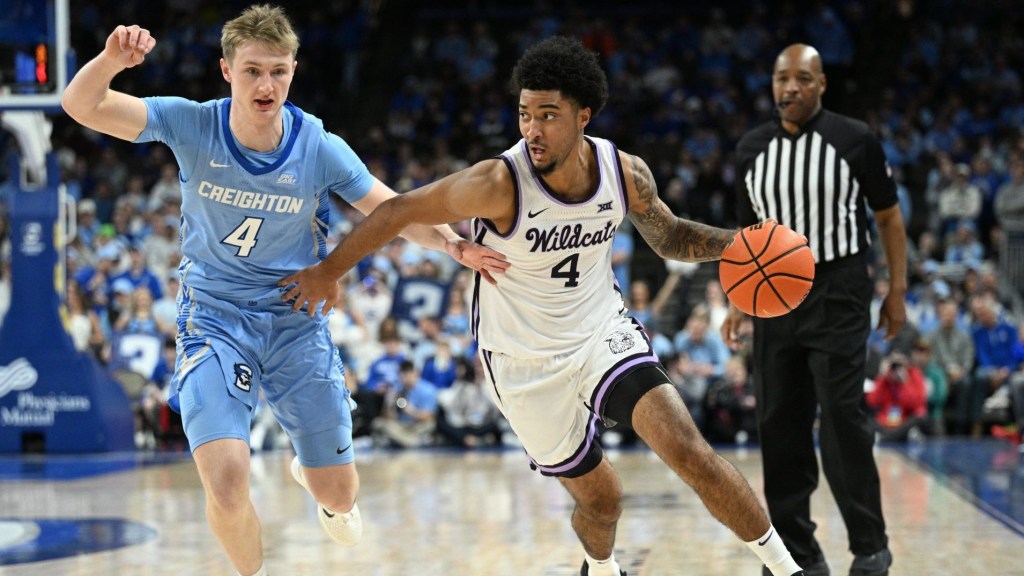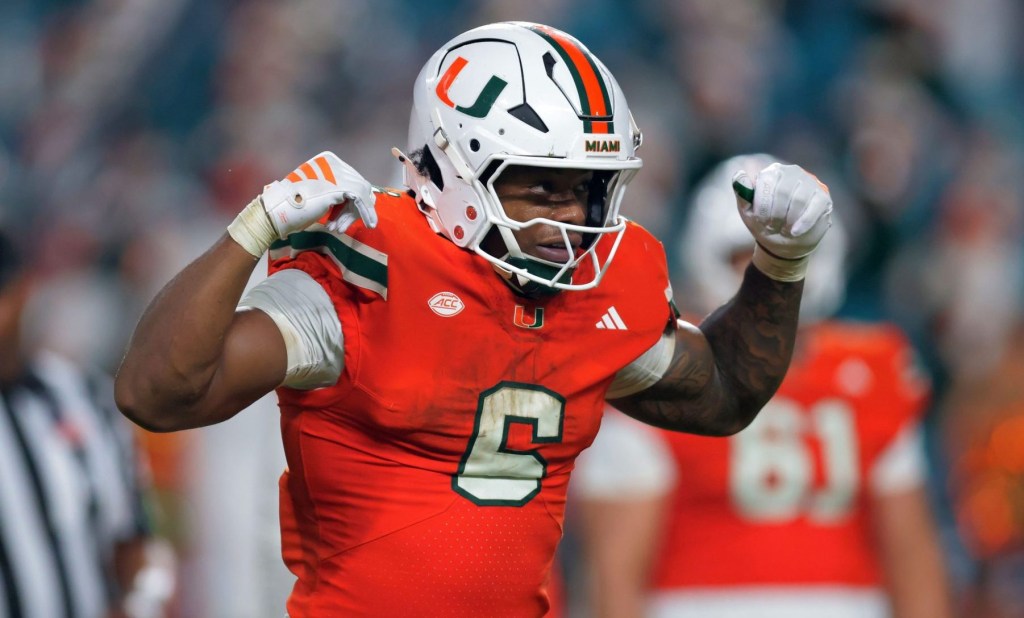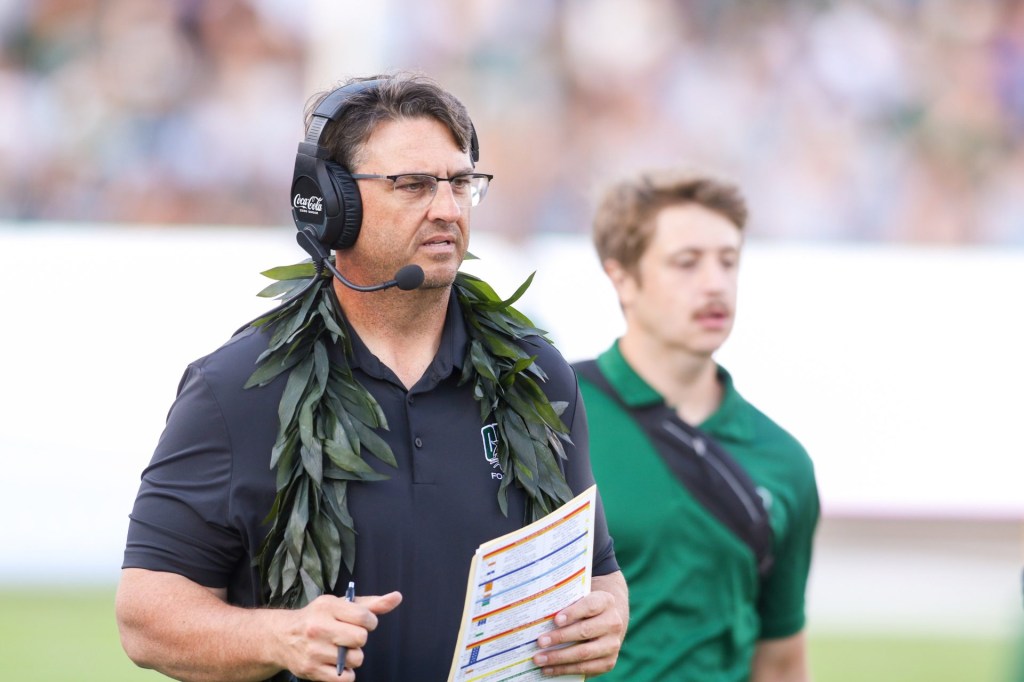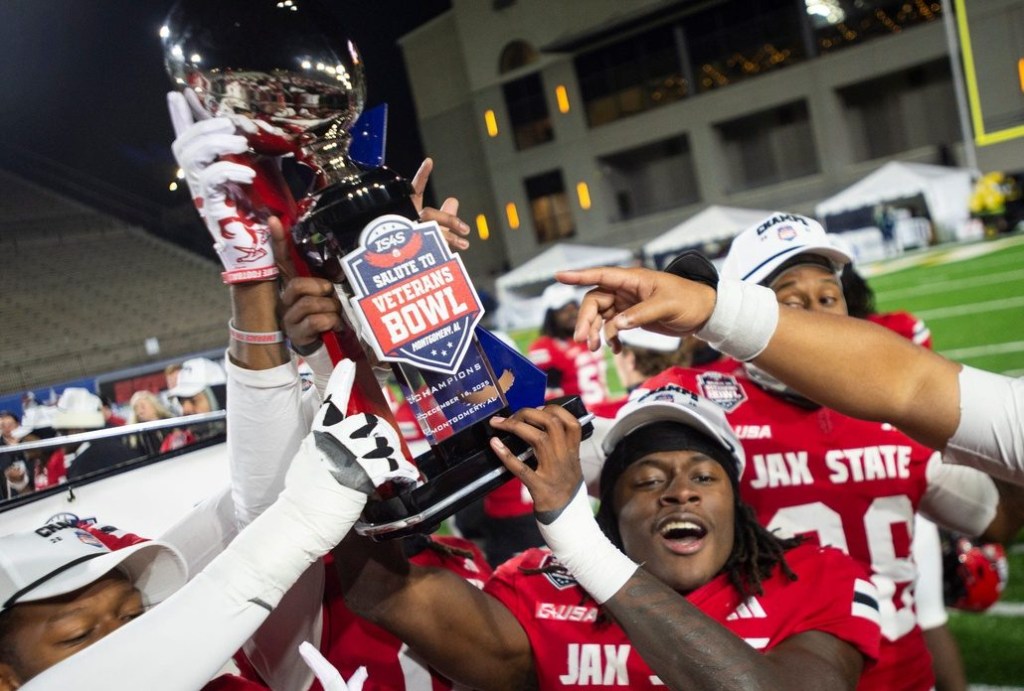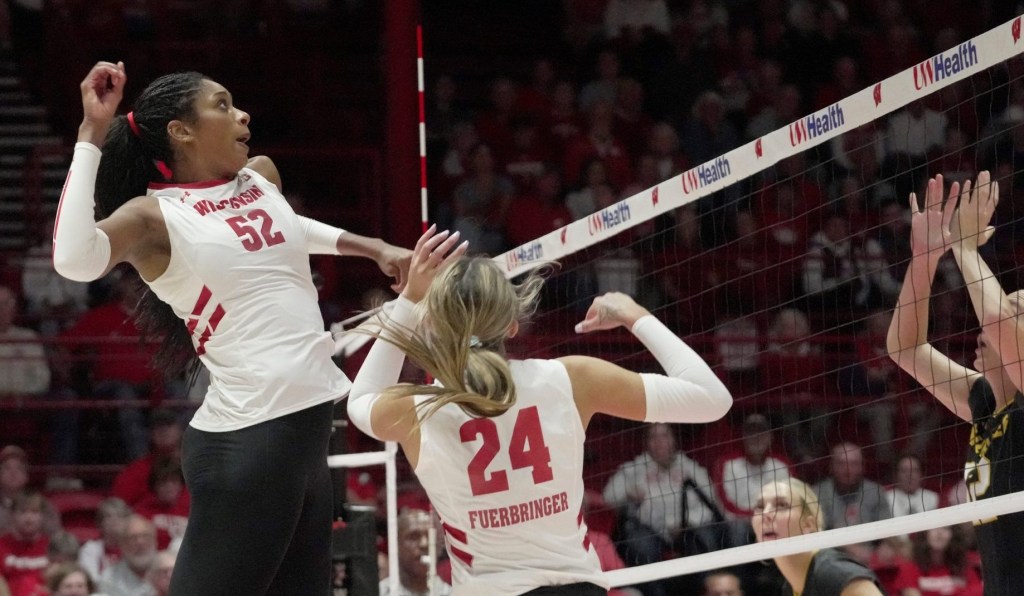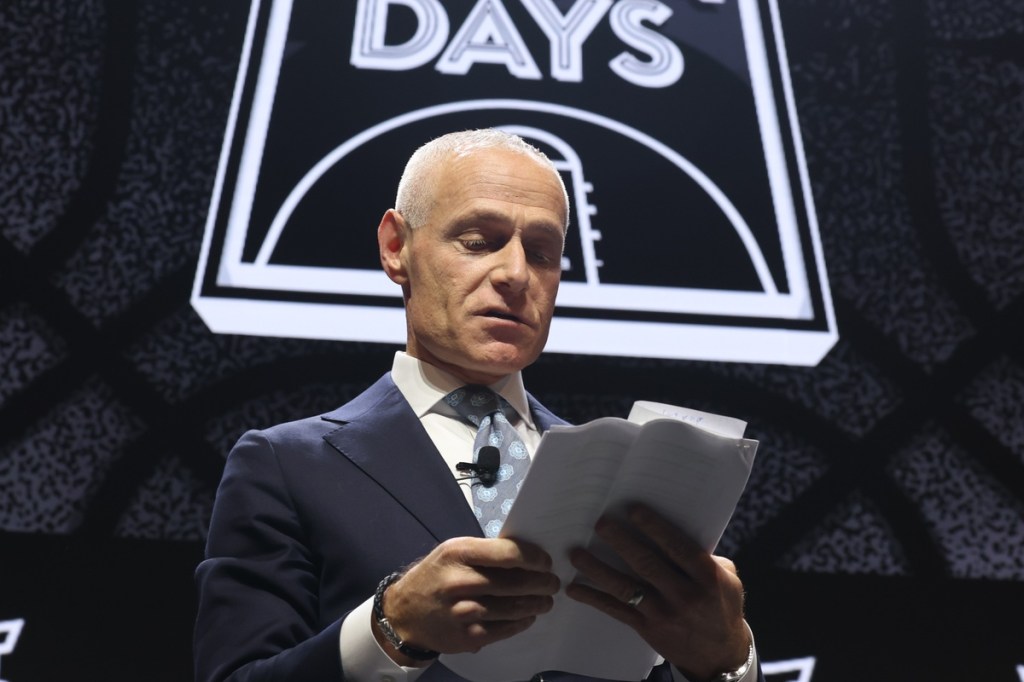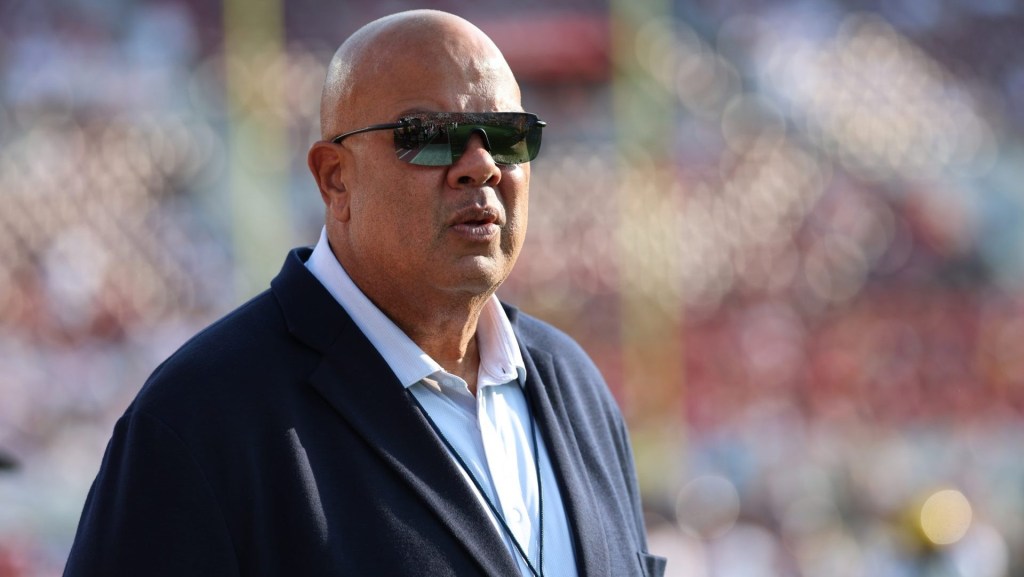A farewell post complete with a college highlight video from Marquette’s Markus Howard has more than 6,000 more likes and almost 14,000 more video views than his average post with an 89% increase in comments – 3.9 times more overall engagement than his other content, according to Opendorse.
Without live sports to fill fans’ time, increased consumption of athlete content on social media has helped a host of college athletes, like Howard, outperform their norms – from Dayton’s Obi Toppin to Kansas’s Udoka Azubuike to Virginia’s Mamadi Diakite, whose final thank you post shared late last week saw a performance rating 21.8 times – and climbing – his average.
Widely projected preseason player of the year Cassius Winston retweeted a Fox College Hoops Twitter tribute to his career at Michigan State. On his page, the post is seeing engagements 27 times higher than the rest of his content.
Sports fans across the country are consuming enormous amounts of digital and social content without live events to watch due to the coronavirus cancellations and suspensions, creating opportunities for athletes and teams to tap into that increased engagement to stay relevant among their fans even with few physical products to deliver.
Staying part of the conversation is crucial – and the data shows that fans are listening right now. The digital and social spaces have taken on even greater significance for college athletes in particular, as those looking to turn pro feel pressure to continue to capture national attention.
The content players are putting out doesn’t only serve to keep their fans and audiences engaged or to grow their following. During a time when this is no longer possible in person, social content also can garner the attention of scouts and team decision-makers in a way that individual postseason performances might have otherwise.
March Madness, which was completely canceled by the NCAA last week due to the global pandemic, can act as a springboard for many college basketball players into the national spotlight. For others, like Azubuike, Winston, and Toppin – already potential first-round picks – standout performances can boost their draft positioning, which brings more money with each additional bump.
“Every year during the NCAA tournament, there are a few players that transform from a potential NBA prospect to a bonafide NBA prospect, someone that will become drafted because they played on the biggest stage in front of all the eyeballs and performed at the highest level,” Blake Lawrence, co-founder, and CEO of Opendorse, which helps athletes share content on social networks, said.
Lawrence cited Warriors star Steph Curry’s postseason success at Davidson as an example, when the guard went from talented prospect to future star. Even Diakite saw a spike in NBA interest after his Elite Eight heroics last March.
READ MORE: March Madness Cancellation Puts Safety Ahead of Substantial Revenue Losses
“That didn’t, and won’t, happen this year,” Lawrence said. “So it’s kind of like senior year of high school during the recruiting process where now these athletes might have to look at their channels as a way to showcase their performance in their college career to try and get in front of scouts or general managers and move their way up the draft board by pushing their content.”
And with the cancellation of everything beyond March Madness as well – from NFL Pro Days to all NCAA spring sports – social has taken center stage for college athletes who need another avenue to access that boost.
“It’s the only stage they have right now,” Lawrence said. “They don’t have anything like the NCAA tournament to showcase their talents, so the next best thing would be leveraging their own social channels.”
Without live events to steal attention from social or digital platforms, online attention is at an all-time high – not just for big-name stars and top prospects. The amplification does not seem to be discriminating by school, status, or sport.
Moments from players like the University of Wyoming’s all-time leading scorer Cooper Rothe, a kicker, are significantly outperforming their normal content. Rothe shared a Pro Day post on Instagram that is performing 26 times higher than his norm in terms of engagements.
Two-time All-American Joshua Pearson, a wide receiver for Jacksonville State, shared an end of season highlight video on Sunday that, as of Monday afternoon, was performing 86 times better than his other content.
Even when compared to farewell posts during a traditional season, the side-by-side numbers are still staggering. Alabama’s star quarterback Tua Tagovailoa saw nine times higher engagement on his post declaring for the NFL draft and thanking Alabama fans – significantly higher than his norm but substantially lower than what some other athletes are seeing right now.
Helping their athletes leverage that amplified attention is now the job of athletic departments around the country. It’s up to schools to help compile highlights and content for their athletes to publish consistently.
“In high school, student-athletes are able to use technology like Hudl to access and create their own highlights, but in college, they don’t have those tools,” Lawrence said. “It’s all trying to replicate a process that athletes are used to but didn’t have to go through before [at] the college level because the showcase that was the NCAA tournament or the College World Series or other spring championship events that are now gone.”
READ MORE: Brands Pivot On Marketing Efforts Amid Coronavirus Cancellations
Lawrence said that Opendorse, which works with more than 75 NCAA schools across the country, has already heard from a number of their collegiate clients on how they can best help their programs and individual athletes ensure they have access to content with approved rights clearances for distribution. Others have inquired about what type of content makes the most sense to share, given the current situation, he said.
Zack Hefley, director of content for Oklahoma football, was one of those individuals. Hefley has been vocal on his own social feeds about the opportunities this time presents for athletes who could otherwise fade out of the spotlight.
“An idea for all the athletes out there: I think now is a great opportunity to leverage social. While sports might be on hold, building your brand can continue. Have a passion for gaming, fashion, etc.? Share it with your audience and tell them your story,” he tweeted. “Go live on IG, hop on a twitch stream, and share what you’re passionate about now to be successful in the future.”
In today’s media landscape, future success is as dependent upon showcasing skills and talents as it is on growing your online audience to appeal to potential partners or sponsors.
“Athletes need access to content so they can share their own messages with their audience, but more so than ever they need access to marketers that are going to help them say the right thing right now to fit what the audience is looking for to keep it authentic but also to keep the consistency that’s needed to engage fans when most of the sports world has gone silent,” Lawrence said.
Whether that’s emailing clips, dropboxing or airdropping content, or even “getting a floppy drive out,” Lawrence added that it doesn’t matter the means – what matters is that schools give their athletes access to content and educate them on how to best share so they can continue to nurture their young careers.
And as the NCAA granted an additional year of eligibility for spring sport athletes in light of this season’s cancellations – the organization said, “NCAA leadership and membership committees are identifying and working through the considerable implications related to the decision to cancel remaining winter and all spring championships in response to the COVID-19 pandemic” – social is a platform that even potential returners can utilize to continue conversations about their sports and skills until they get the chance to showcase them again next season.
